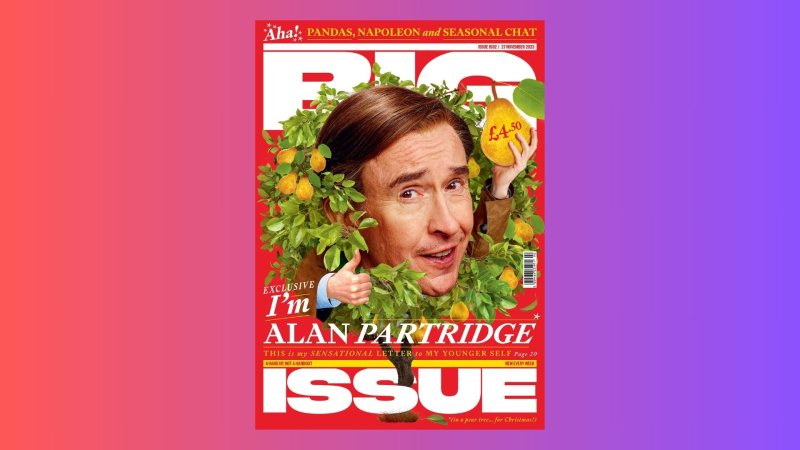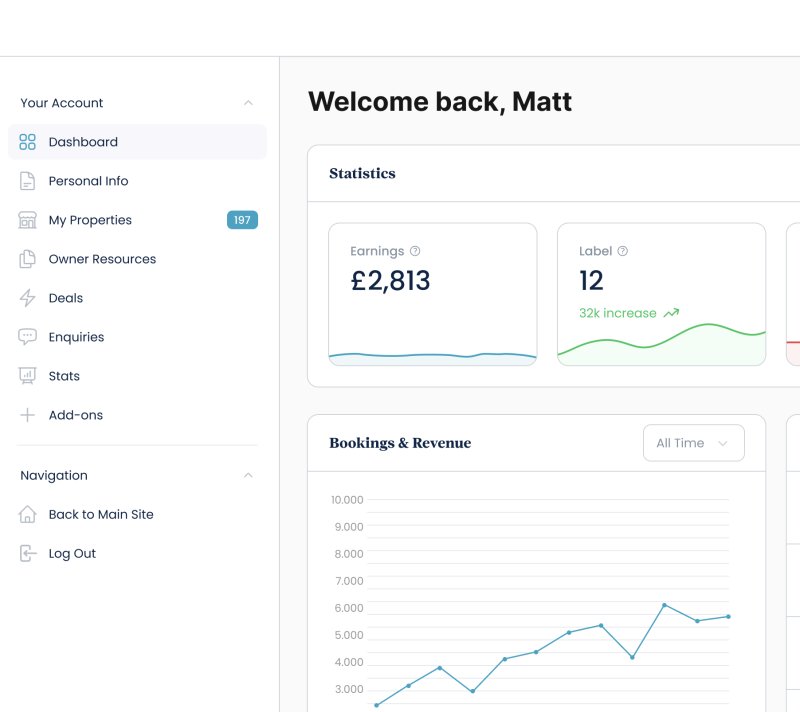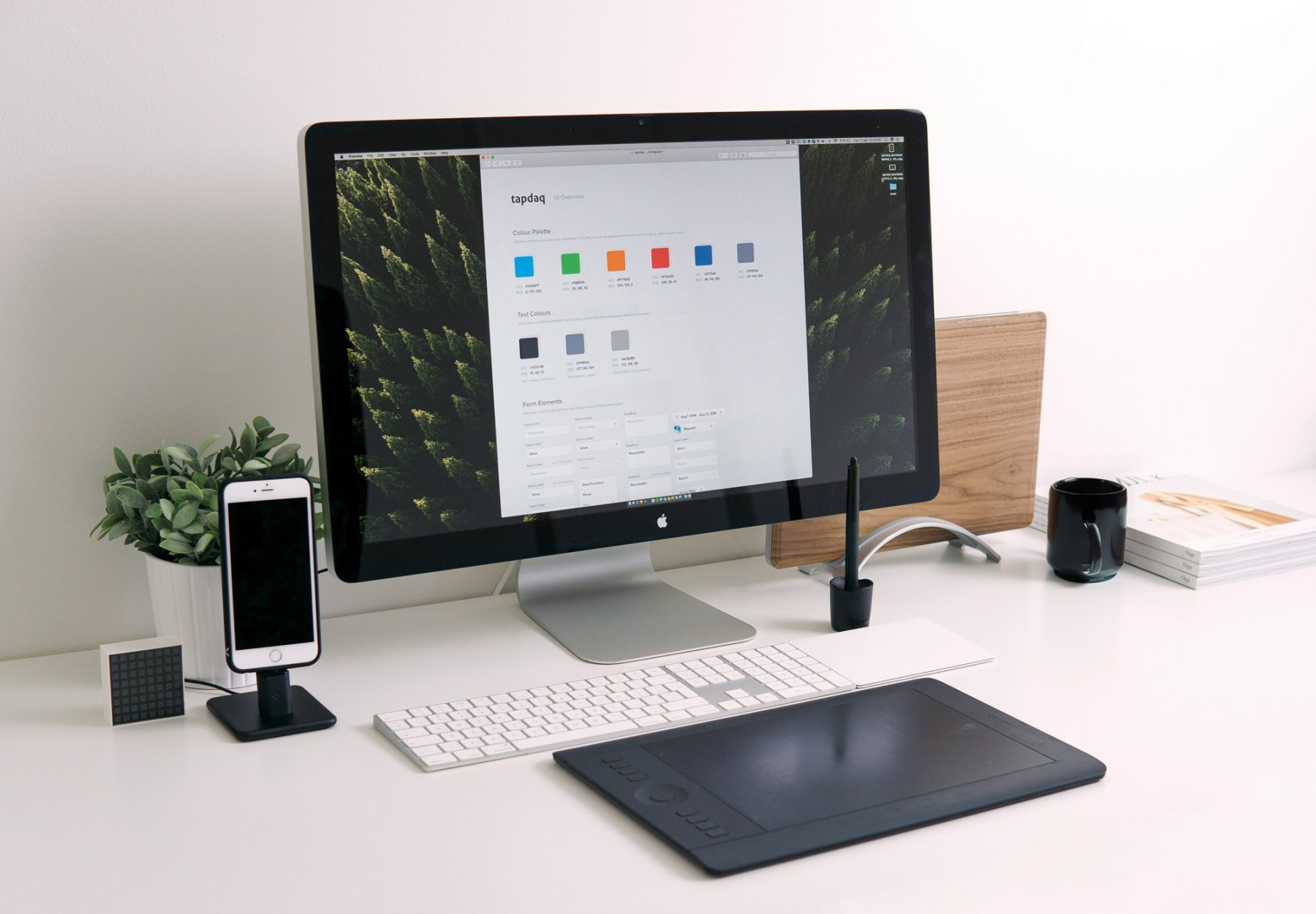Blogs /
Building brand identity through effective website design
Your brand identity is one of your business’ greatest assets. A strong, recognisable brand can significantly increase your revenue and help you maintain a loyal customer following. We believe incorporating brand identity into web design is essential for building recognition, trust, and loyalty among users.
Why is this important?
A well-designed website can help establish your brand, differentiate you from your competitors, and foster meaningful customer connections. The best approach is to integrate elements into your site that consistently communicate your brand’s values, personality, and aesthetic. The ultimate goal is to connect your business with your target audience, and subsequently drive enquiries and increase conversions.
How to incorporate brand identity into web design.
1. Consistency
Your brand identity is a collection of verbal and visual elements that create your brand, such as your tone of voice, logo, colour palette, typography and media content. Consistency is key.
Colour palette
Your primary brand colours should be used strategically as the foundation of the web design, for backgrounds, buttons, highlights, and calls-to-action (CTAs). Take into consideration the emotional impact of colours and how they align with your brand messaging, for example blue can convey trust, whilst red can convey urgency or passion. Similarly think about accessibility and how any colour contrasts work well for readability, therefore ensuring that all users experience your brand consistently online.
Logo and iconography
On your website, ensure that your logo is prominent and in a consistent location (usually top left) on each page so it anchors your brand presence.
Use icons and symbols that match the logo style whether minimalist, illustrative, or detailed, and ones that represent your brand’s vibe. If your brand uses geometric shapes, for instance, avoid icons with overly soft or organic curves.
Typography
If you use a particularly unique or creative font in your logo, that doesn’t necessarily mean using it everywhere on your website. It may look good in a small amount of text or as a heading, but displaying large quantities of content could reduce readability and put visitors off. Choose two or three clear fonts that complement each other, support your brand identity, and are easy to digest. Use font sizes, weights, and colours to establish a clear hierarchy and keep this consistent across the website. This will ensure a cohesive feel and easy readability.
Web design
Consistency in style and layout is important. Style goes beyond your choice of colours and fonts and includes the design elements, features and functionality of your website. If your brand identity favours simplicity, then opt for a clean and minimalist layout. A vibrant or youthful brand may use asymmetry or bold and layered elements to reflect energy. A more sophisticated or luxury brand identity may lend itself to more whitespace allowing the products or offerings to do the talking.
Consistent web design means having website elements such as headers, footers, CTA buttons, sidebars and navigation bars appear the same across every page. It will visually look more coherent and will provide better functionality and user experience. There is no need to overcrowd your web pages with masses of information, images and website graphics – this will have the reverse effect of engaging customers.
2. Content strategy
Tone of voice
Your tone of voice on your website should consistently convey who you are as a brand because it’s a form of brand expression. You need to speak in a definitive style which expresses your personality and will resonate with your audience. For example, a friendly, casual brand should avoid overly formal language, and vice versa for a more professional corporate brand.
Imagery, graphics and video
On the topic of content, use branded content on your website to further promote your brand identity and company ethos. The images, graphics and video you use should match your tone of voice, express your brand, and be associated with your brand, rather than generic stock library imagery or footage.
Cohesive imagery creates a distinct visual experience, and will evoke the emotions you desire, this will increase engagement as it is content your audience wants to consume. If your brand is based on sustainability and eco values, then a website visitor would reasonably expect to see this reflected in your styles and imagery.
3. Be Unique
Think differently
Take inspiration from websites outside of your industry, searching for something completely random can spark ideas. Whilst looking at competitor sites can benchmark where you’d like to be digitally, it can inevitably lead to creating similar content that evokes similar feelings. Think outside the box and glean new creative ideas, this will lead to a stronger, more differentiated brand identity.
Personal touches
We build connections with people much easier than we do with companies. Incorporating your employees into your website’s design through imagery and video can help to strengthen your brand identity. The people who work for a business are important to customers because as consumers, we want to know that brands look after their employees.
Social media
Many customers build connections with brands through social media. Display social media feeds or embedded content on your site in a way that reflects the brand identity and keeps it visually consistent. This helps customers to experience your brand across multiple channels and encourages them to connect with you there. The philosophy extends beyond your website, any advertisements and social media marketing you do must maintain brand consistency.
Wrapping it all together.
In conclusion, creating a strong brand identity through website design is crucial for any business. By aligning your visual elements, content, and messaging with your brand’s identity, and designing a user-friendly and responsive website, you can establish a brand that your customers will love, differentiate yourself from your competitors, and build trust with your consumers.













